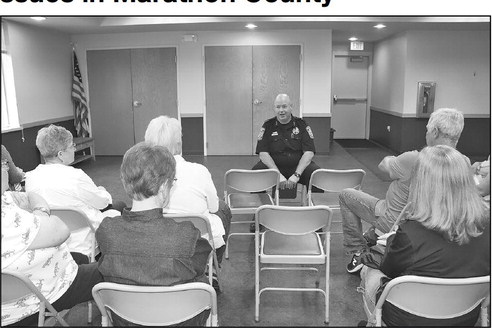Sheriff discusses drug crisis, jail overcapacity and mental health issues in Marathon County


By Valorie Brecht Like other law enforcement agencies across the state and nation, the Marathon County Sheriff’s Office is dealing with mounting challenges, includ...

